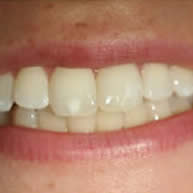Periodontics is a branch of dentistry that deals with the study of supporting structures of the teeth and treatment of diseases that affect them. It is one of the nine recognized dental specialties practiced by dentists. A person practicing periodontics is called a periodontist. The tissues covered under periodontics are alveolar bone, cementum, gingiva, and periodontal ligament. Untreated periodontal conditions can lead to teeth loss. Periodontics uses both surgical and non-surgical procedures. Gingivitis, periodontitis and gingival recession are some of the periodontal conditions treated under periodontics. Dental implants are a very important periodontal procedure. People who have lost some or all their natural teeth can regain oral functionalities with dental implants.
A periodontist treats periodontal (gum) diseases. A periodontist is trained to cover all aspects of gum disease. Periontal procedures include the following:
- Routine Cleanings
- Education on Proper Dental Care
- Scaling and Root Planing
- Irrigation
- Incisionless Implant Placement
- Same Day Implant Replacement
- Cosmetic Periodontal Surgery
- Gum Grafting
- Crown Lengthening
- Bone Regeneration & Bone Grafting
- Sinus Augmentation Procedure
- Ridge Augmentation and Preservation
- Osseous Surgery (Pocket Reduction Therapy)





